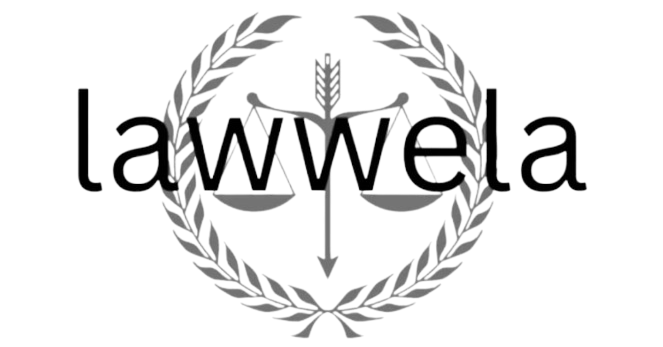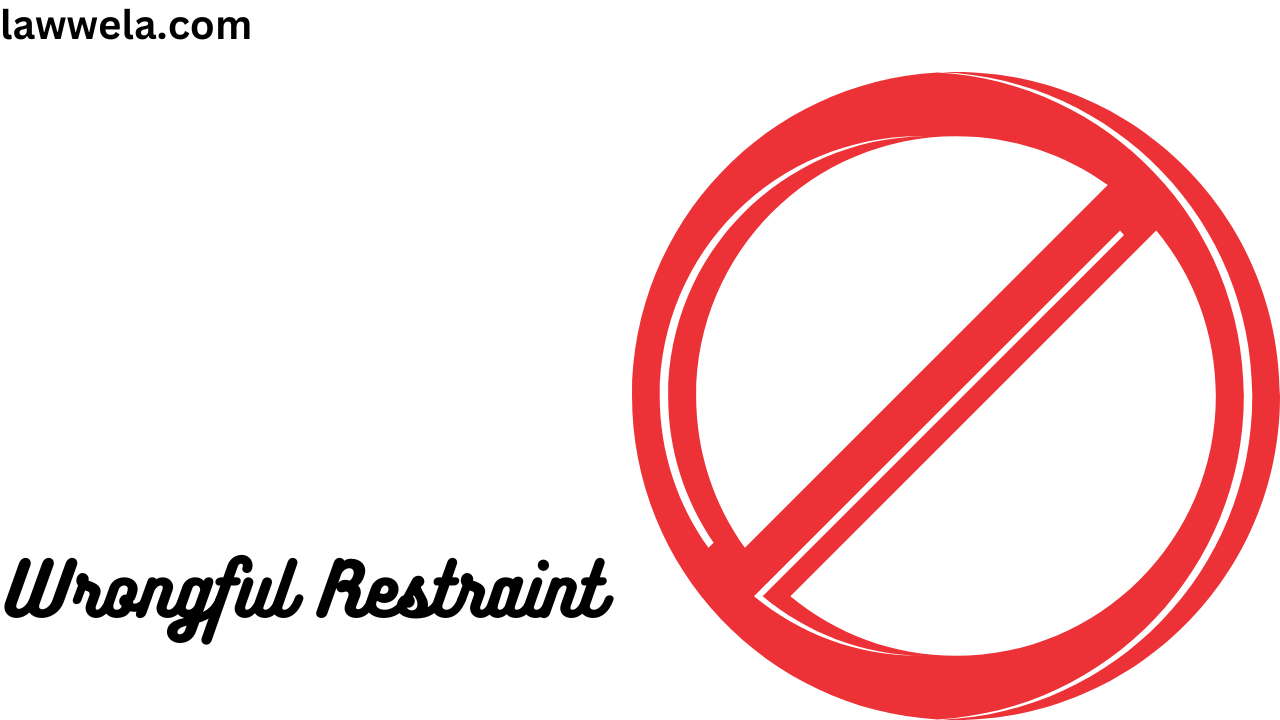Wrongful restraint
Section 339 of the Indian Penal Code deals with wrongful restrain. When a person voluntarily obstructs another person’s path from proceeding in any direction in which that person has the right to proceed, is said wrongfully to restrain that person. Obstruction of wrongful restrain can be physical or verbal. The physical presence of the accused is not always necessary in wrongful restraint.
Example – where therefore A Man his wife and his daughter occupied a house and during their temporary absence, the accused locked on the outer door and obstructed them from entering the house, the accused will be guilty of wrongful restraint. However, the house owner only locked one door and the complainant had another sufficient passage to move in and out it is not a wrongful restraint.
Obstruct to vehicle
Section 339 also defined obstruction to a vehicle alone as not called wrongful restraint as obstruction of a person only comes within its purview. Obstruction of a vehicle when it is parked in a particular place does not constitute wrongful restraint as there is no obstruction to a human body. Obstructing a vehicle carrying passengers amounts to wrongful restraint of the passenger. The fact that the passengers are free to get down and proceed in the desired direction does not take the obstruction to the passenger outside the ambit of wrongful restraint.
Punishment for Wrongful restraint
Under section 341 of the Indian Penal Code who commits wrongful restraint shall be punishable for one month or with a fine which may extend to five hundred rupees or with both.
Case law
Raja Ram vs. State of Haryana, (1971)
In this case, a woman and his son 13 years old were summoned to the police station for the interrogation. Section 160 of the Criminal Procedure Code defines that no woman or man under 15 years of age should be summoned to the police station for interrogation. They should be interrogated in their residence. It was held that the accused police officer was found guilty of detaining the woman and a 13-year-old boy in the police station would amount to wrongful restrain. Under section 341 of IPC, the accused was found guilty.
Vijay Kumara Magee vs. Smt SM Rao, AIR (1996)
There is a school named Victoria in which the complainant has a room on the campus. The managing committee decided that no outside would be allowed to stay inside the campus. On 1 October they issued a letter to her to vacate the room. She asks for some time to vacate the room, as the notice is very short. Since she failed to vacate the room by the end of October. So her room was locked by the managing committee and she was prevented from entering her and thus wrongful restrain. The Supreme Court held that there is no offense under section 341 was established, as the complainant has no right to proceed.
Wrongful Confinement
It is defined under section 340 of the Indian penal code. When a person wrongfully restrains another person from proceeding beyond certain limits is said to be wrongfully to confine that person. The difference between restraint and confinement is that wrongful confinement is total restraint and not partial.
Punishment for wrongful confinement
Under section 342 of the Indian penal code who commits wrongful confinement is liable for one year imprisonment or with a fine which may extend to one thousand or both.
Case law
Shyam Lal Sharma vs. State of Madhya Pradesh
In this case, some officials were demanding bribes at a traffic barrier from the drivers of the vehicles. A trap was made by a circle inspector. They raided the office and recovered the notes which were given. The accused objected to the search as it was done without a warrant and also demanded a search memo to be given. The circle inspector agreed to give the search memo. After he went out of the office and was on the road, he was forcefully seized, lifted, taken into the office, and thrown on a chair. He was confined there and threatened with a lathi, till he had complied with the demand that he would give in writing that he searched the barrier. It was held that the search was conducted in violation of the procedure prescribed under section 165, CrPC, the accused had no right to obstruct the search. The Supreme Court found fault with the behavior of the accused, subsequently, the circle inspector was allowed to leave he was wrongfully restrained. It was held that section 342 of IPC, was not confined to offences against public servants, but is a general section and makes a person who wrongfully restrains another, guilty of the offence under that section. As to prevent from proceeding beyond certain circumscribed limits. The accused was found guilty under sections 342, and 353 of IPC.
Wrongful confine for three or more days
Under section 343 of the Indian Penal Code, Whoever wrongfully confines any person for three or more than three days shall be punishable with 2 years imprisonment or with a fine or both.
Wrongful Confinement for 10 or more days
Under section 344 of the Indian Penal Code, Whoever wrongfully confines any person for 10 or more than 10 days shall be punishable for 3 years imprisonment and shall also be liable for a fine.
A wrongful Confinement writ has been issued for the liberation of the person
Under section 345 of the Indian Penal Code, Whoever keeps wrongfully confines any person knowing that a writ for the liberation of that person has been duly issued shall be punishable by a 2-year term of imprisonment to which he may be liable under any section of this chapter.
Wrongful confinement in secret
Under section 346 of the Indian Penal Code, Whoever confines any person with an intention that the confinement of that person may not be known to any person interested in that person or to any public servant, or that the place of such confinement may not be known to, or discovered by any person or by public servant, shall be punishable for 2 years in addition to any other punishment to which he may liable for such wrongful confinement.
Wrongful confinement to extort property, or restrain to an illegal act
Whoever confines a person for extorting, for the extortion of the property by confines that person or forcing them to do an illegal activity or to give any information which may facilitate the commission of an offence, shall be punishable for a term which may be extended to three years, and also be liable to fine.
Wrongful confinement to extract a confession, or force restoration of property
Whoever confines any person for the purpose of extorting from the person confines or for the purpose of confession which may lead to the direction of an offence or misconduct, any person confined for the purpose of restoration of property or valuable security, or to satisfy any claim or demand, shall be punishable for three years and also be liable for fine.


2 thoughts on “Wrongful Restraint”